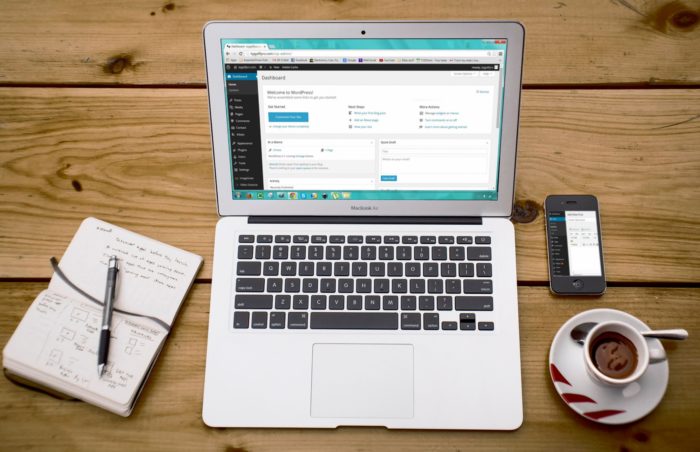WordPress users have been around for decades. It powers more than 28% of all websites in the world, and it is undoubtedly one of the most influential CMS platforms. Out of the millions of WP users, only a few know how to update a database; manage their site database and the features of their own database server.
Some essential facts about the WordPress database that most users do not know
Today, we are here to talk about some of the more common, yet unknown database management points. These are critical for the functioning of any WordPress blog or website.
Let us start with MySQL. It is an open-course DBMS that most hosting companies provide as a default database server. Almost all WordPress blogs use MySQL databases for updating information. It includes post information, comments, user profiles, tags, and categories. When someone talks about “WordPress database,” they are referring to his or her MySQL database. It is that simple!
WordPress should generate a MySQL database automatically!
Your hosting should provide cPanel. When you create a WordPress blog, the installation process automatically generates a MySQL Database for you. Most blogs come with auto-installer scripts, which can take care of the database creation process for you. You can access your MySQL database in this cPanel to optimize your database, create timely backups and edit tables (drop a table).
Currently in 2017, accessing a MySQL database for moderating data is somewhat obsolete. You can always use a plug-in to do the task for you. You have access to several opensource and third-party plugins including phpMyAdmin and Adminer, which can do all the tasks mentioned above within a fraction of the time.
When do you need manual database generation?
Sometimes, auto-creation is not enough. In cases like WordPress host migration, you may have to undertake the database creation task manually. That can be scarier than any Halloween for most new WordPress users. Luckily, smart users have RemoteDBA.com to help them with the database management part. Most hosting companies provide standard cPanel, and the manual database creation process is quite similar for such hosting companies.
How to create your first database manually?
On some of the hosting companies, you will need to install WordPress manually. Creating the MySQL database is just a portion of the process. You can follow these three easy steps to initiate the database creation process –
- Login to your hosting account.
- Find your way to the cPanel, which should have a standard user interface.
- Under the database options, click on the MySQL databases.
Choose a new database name that is both relevant and specific. Do not pick a name like WP_yourname or WP_website.
Next, you need to pick a username and password for your database.
- Once you have created the database, click to go back.
- Right there you will find the option to add new user and password under the MySQL Users.
- Always choose a username that is not too simple and choose a secure password.
- You can always use the password generator to find a strong password, but make sure the password is secure.
Anyone can gain access to your website details if they have your username and password.
How to associate the new database with an existing user?
It completes our database creation journey. Now we are left with associating the database with the new user(s).
- You will see the “Add User to Database” option on the same page.
- Register the username and database name, and then click on “Add.”
- On the successive page, give all privileges to the new MySQL user, so you can now access the complete database.
- Move to the next page, check all options and click on “Make Changes” to subsequent changes in your database.
It is the complete process that can give you a comprehensive and new database for your WordPress blog or any other self-hosted CMS you might be using right now. You can couple your database with WordPress plug-ins for efficient maintenance and management. It includes removal of corrupt tables, repair of tables, removal of old data and cleaning of overheads.
Always remember that auto-generation of the database is a natural and default process for most hosts. When you install your WordPress blog or WordPress site, it creates the MySQL database automatically. In all probability, you will not have to use it in the distant future till you decide to migrate to a new host that does not provide auto-generation features. Nonetheless, it always pays off to learn the manual controls when it comes to databases and database management.
Author Bio:
Sujain Thomas is a data expert. She manages several websites along with RemoteDBA.com. Her contribution to the understanding of data management on large MySQL databases is undeniable. She is currently helping some of the leading startups with optimization of data management and data-dependent analytics.

